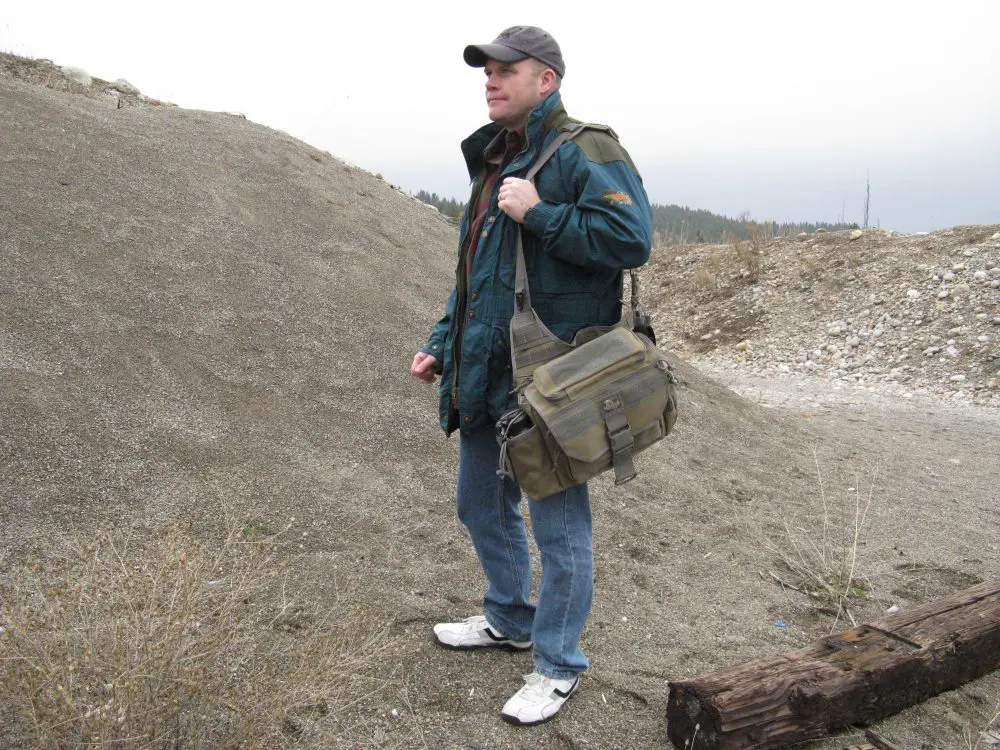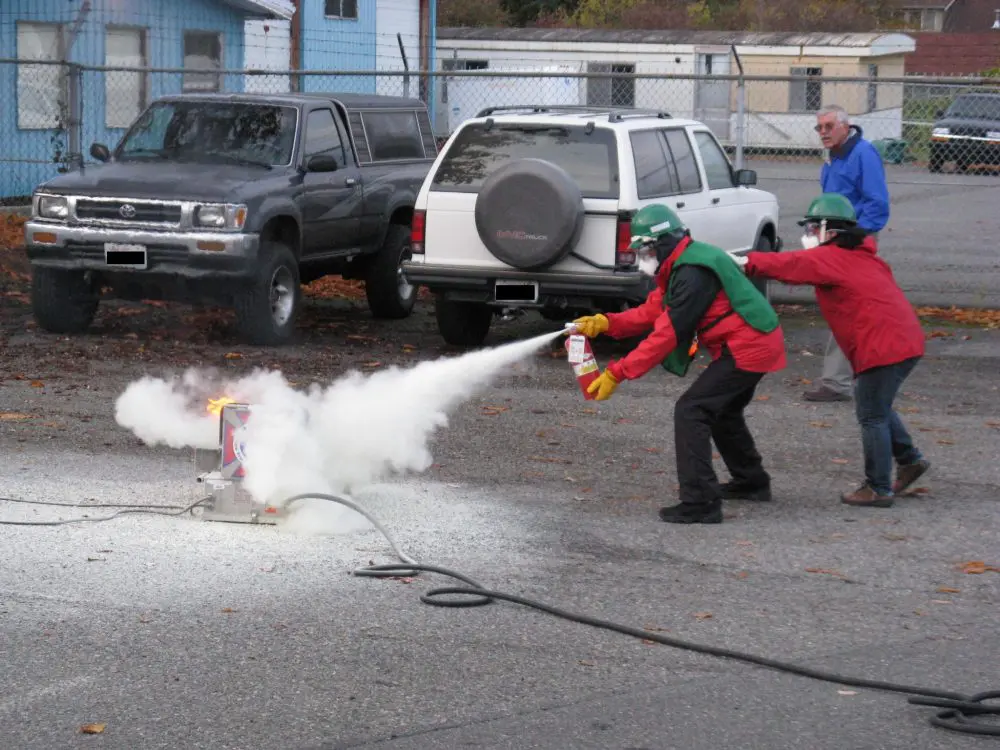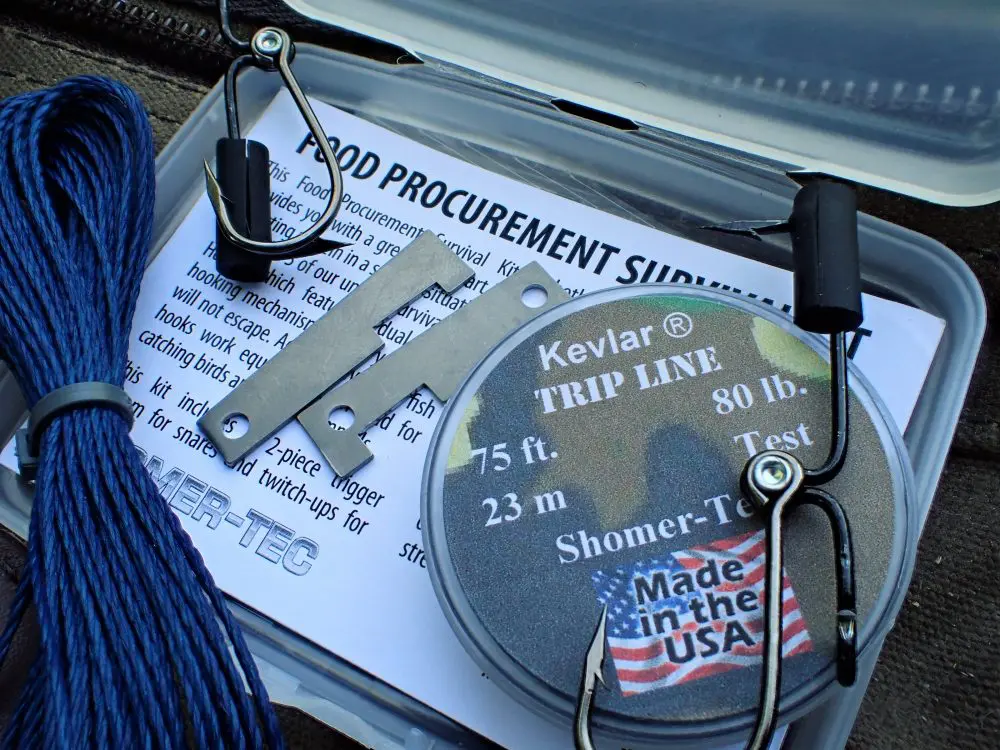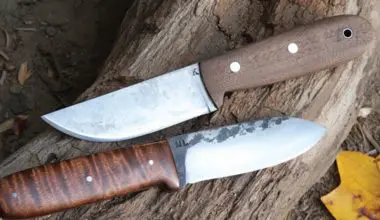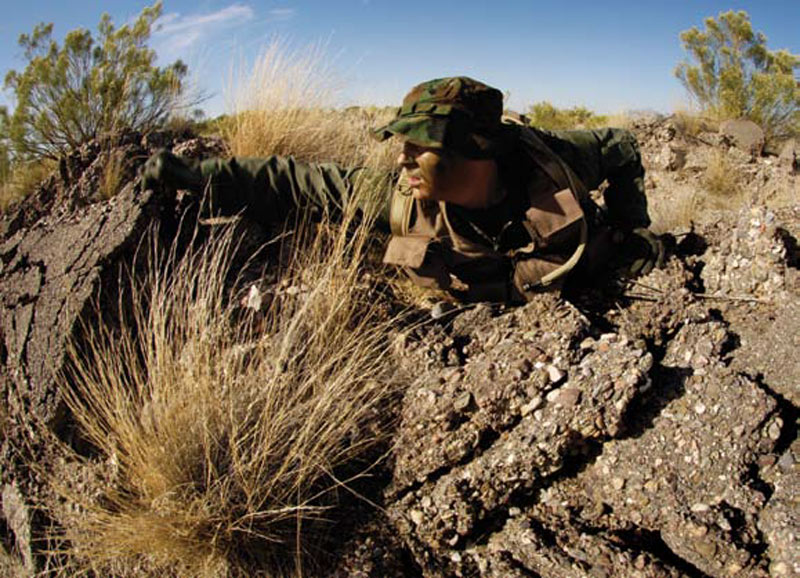
Due to the vast amount of material, the basic techniques of E&E will be a two-part series for Against All Odds.
When thinking of fugitives on the run, the story of Eric Robert Rudolph often comes to mind. Rudolph, who had been charged with bombing an abortion clinic in Birmingham, Alabama as well as the 1996 Centennial Park bombing in Atlanta, managed to evade capture for more than five years in the hills of western North Carolina until a rookie cop caught him dumpster diving for food.
While many consider Rudolph an excellent evasion artist, it was actually the federal government’s unique ability to piss off the local populace—as well as its inability to understand the manhunt, local culture and terrain—that allowed him to evade capture for so many years. Rudolph wasn’t the highly trained survivalist and evasion guru that many thought. Simply put, he had a sympathetic support network.
Table of Contents
CAN YOU DO IT?
But what if you have no support network? Is it still possible to survive, escape capture and make your way to safety? In a word, yes. But before we go any further, let’s start with a basic assumption: S.W.A.T. readers are not going to be fleeing from criminal charges in the U.S. when they need to put a little E&E to work. Fleeing from potential kidnappers in South America? Check. Running from a corrupt police frame-up in some Third World hellhole? We’re with you on that. Military personnel trying to evade the enemy … well, hopefully your mil training has covered all of this, but if not, we’re here for you.
And in case anybody is thinking, hey, some bad guy could read S.W.A.T. and then use this info for their own evil purposes, I’ll add this disclaimer: the following information is readily available on the Internet and in numerous opensource publications. It’s not secret information accessible only to an elite few.
BASIC PRINCIPLES
Let’s get down to business: What basic principles can you use to escape and evade should your life depend on it? Attitude, conditioning and preparation are everything when it comes to escape and evasion.
You have to live every day prepared to act even during the most hum-drum, boring parts of your routine. One of the easiest things to do is keep minimal tools on your body at all times. These should include a knife, flashlight, multi-tool and cash (concealable tools will be discussed in a future installment of Against All Odds). Always be aware of your surroundings and where you are, and know which way safety is located.
Maintain a healthy lifestyle that includes a fitness training program as well as constantly exercising your memory. Get in the mindset of never taking anything for granted. For example, as soon as you enter a new room or building, identify at least two separate ways of getting out, preferably on two separate cardinal compass points of the structure (e.g., east and west, instead of two exits on the same side).
ON THE ALERT
If you get in a car or taxi, make sure the door will open and know how to open it (some Third World taxis remove the back door handles). If you’re riding in the backseat, does the vehicle have child safety locks and are they engaged? Seconds count if you are attacked in a vehicle!
Perhaps the most important thing is to maintain a survivor’s mindset. Mentally prepare yourself to win at all costs in case you cannot flee and are forced to fight, especially in Third World kidnap situations. You must be willing and prepared to incapacitate the threat if you cannot escape!
When attempting to evade, make it your goal to get outside of the attacking force perimeter, since threat forces typically attack inward. You will most likely be found if you are hiding within that circle. Most bad guys already know this. Law enforcement will set up a perimeter, then spend most of their resources and time searching that area. If you can anticipate this and get outside of those bounds, 1) they will likely not find you, and 2) it will give you lead time in organizing your future evasion plan while attention and resources are concentrated elsewhere.
EARLY ESCAPE
If you are captured, keep in mind that most opportunities for successful escape exist during the first few hours. The reasons for this are that the captured person will be closer to a familiar area, he will still be reasonably fit and possibly still have items that will aid his escape (wellconcealed escape tools are often missed by initial searches and pat-downs), he will likely have less complicated restraints, and the attacking forces will be less organized and lacking the “home field” advantage.
It will probably get much worse for you, security-wise, once you arrive at the captor’s area of operations. This is especially true in the Third World, where kidnap artists have built a series of safe houses and networks to deal with their prisoners. Each transfer will be more secure and better organized than the previous one.
If you are being held in a secure facility, study your opponent and plan your evasion before any attempted escape. Remember, your captors/ guards are typically not highly trained fighting forces, but you should never underestimate them! Be patient and flexible, conserve your strength for the times you will need it, rest and sleep as much as possible, drink plenty of water, and eat what the locals eat.
Gather and conceal as many tools as possible and pay attention to every detail of your situation by using all your senses. Avoid using scented soaps and shampoos or any items that have a strong odor, including insect spray. Do not smoke or use tobacco products, since they have an unmistakably strong smell.
BODY CAMO
If you manage to escape and are on the run, camouflage yourself. If your evasion is over open ground (non-urban), apply personal camouflage to exposed skin. Use a blotchy pattern for temperate deciduous (leaf shedding) and desert environments. Use a broad slash pattern for coniferous (evergreen) and jungle environments. For grassy areas, use a narrow slash pattern. The point is to blend with your environment. Any camouflage that doesn’t blend will become a beacon to your pursuers.
When camouflaging yourself, it’s better to blend darker colors on high spots and lighter colors on lower areas. Your ears should have two colors to break up their outline, plus use a scarf, vegetation, netting or collar around the neck and under the chin. Keep in mind that black is rarely found in nature. It also stands out more than earth-tone colors when viewed through night vision. Always take advantage of natural materials, but remember that foliage wilts and fades over time. Do not overcamouflage, since it will make you stand out—blend with the environment! Light hair should be covered or stained. You can use stains from grasses, berries, charcoal or dirt to accomplish this.
Never expose shiny or reflective objects such as watches, glasses, pens, etc., and break up the outline of the body, since the “V” of the crotch area and armpits stand out to an observer. If you intend to observe an area, always do it from the prone position and from concealment.
SHELTER
If you require shelter, then use the military BLISS acronym (Blend, Low silhouette, Irregular shape, Small, Secluded location) and choose an area less likely to be searched, such as rough terrain. Blend your shelter with the environment in the same way you do your personal camouflage. Make sure you have an escape route with approaches you can see, so you don’t corner yourself.
The ideal shelter is one that can be concealed with minimal preparation, since there will be less visible ground disturbance. Locate your entrances and exits along ridges, ditches and rocks to keep from forming paths into the site, and always remember to have overhead concealment. When moving in and out of your shelter, “J” hook into the entrance instead of walking directly to it. This way your tracks and scent will most likely lead the attacking forces past you before finding your shelter, thus buying you critical moments to escape.
In the end, proper camouflage and concealment will buy you time, especially during the initial disorganized fray that will come when your captors realize you have escaped.
